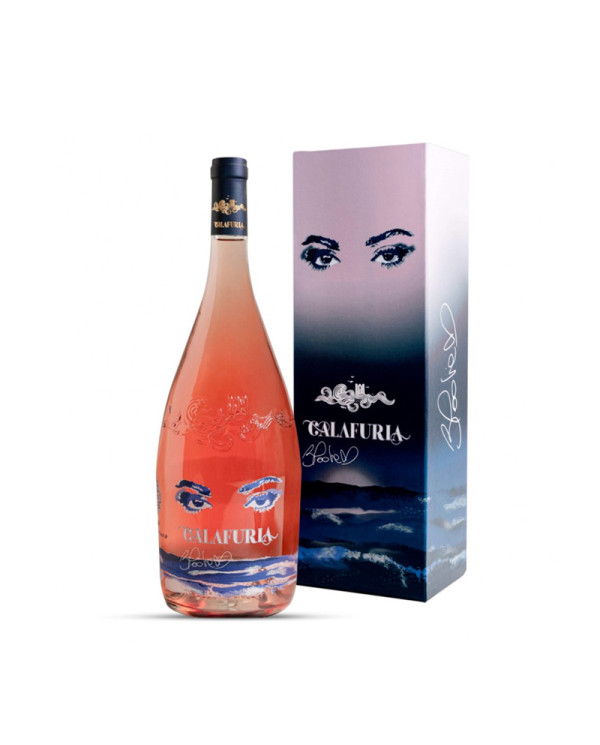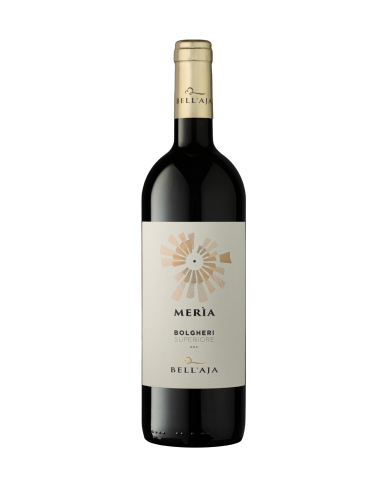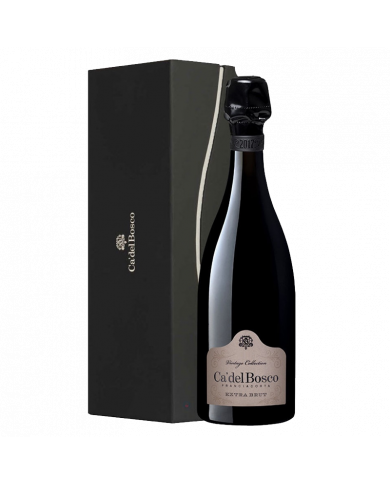Salento Rosé Denomination
Welcome to the enchanting world of the Salento Rosé Denomination, where winemaking tradition and Mediterranean climate blend to create superior quality rosé wines. In this article, we will explore the history, distinctive characteristics, production process, and much more regarding this renowned denomination.
History and Origins
The production of rosé wines in Salento has a long history dating back centuries, when ancient local winemakers began cultivating grapes in the fertile lands of the region. Over time, the Salento Rosé Denomination has continued to grow in popularity and attract the attention of wine connoisseurs worldwide.
Characteristics of Salento Rosé Wine
The rosé wines of the Salento Rosé Denomination are distinguished by their bright color, fresh and fruity taste profile, and inviting aromas reminiscent of red fruits and citrus. These wines are known for their liveliness and versatility, perfect for enjoying on their own or paired with a variety of dishes.
Terroir and Environment
The unique terroir of Salento, characterized by limestone soils and a Mediterranean climate with long hours of sunshine, creates optimal conditions for cultivating grapes destined for the production of Salento Rosé Wine. Sea breezes and moderate temperatures contribute to maintaining the freshness and balance of the grapes during the growing cycle.
Production Process
The production process of Salento Rosé Wine involves careful selection of grapes, followed by gentle pressing to extract the juice without excessive color extraction. Fermentation takes place at controlled temperatures to preserve the freshness and liveliness of the wines, while bottle aging periods impart complexity and depth.
Variations and Types
The Salento Rosé Denomination includes a variety of styles and grape varieties, including Primitivo, Negroamaro, and Malvasia. These variations offer a range of aromatic and taste profiles, allowing producers to create wines that satisfy a wide range of preferences.
Gastronomic Pairings
Salento Rosé Wine pairs beautifully with a variety of dishes from the local cuisine, such as fresh seafood, light appetizers, fresh cheeses, and vegetable-based dishes. Its freshness and liveliness also make it an ideal companion for aperitifs and outdoor dinners.
Popularity and Reception
Salento Rosé Wine has gained increasing popularity both in the national and international markets, appreciated for its quality, authenticity, and distinctive character. Numerous awards and recognitions confirm the reputation of excellence of this denomination in the wine world.
The Salento Rosé Denomination is not only synonymous with high-quality wine but also represents a cultural treasure and a point of pride for the Salento region. With its unique combination of tradition, terroir, and innovation, it continues to amaze and delight wine lovers worldwide.
FAQs
What are the main sensory characteristics of Salento Rosé Wine? Salento Rosé Wine is distinguished by its bright color, fresh and fruity taste profile, and inviting aromas of red fruits and citrus.
What is the best time of year to visit the wineries of Salento and taste Salento Rosé Wine? The best time to visit the wineries of Salento and taste Salento Rosé Wine is during spring and summer when temperatures are mild and the vineyards are in full bloom.
What are the typical dishes of Salento that pair well with Salento Rosé Wine? Typical dishes of Salento that pair well with Salento Rosé Wine include fresh seafood, light appetizers, fresh cheeses, and vegetable-based dishes.
How is Salento Rosé Wine traditionally served? Salento Rosé Wine is traditionally served chilled, preferably at a temperature of around 8-10°C, to fully appreciate its freshness and liveliness.










